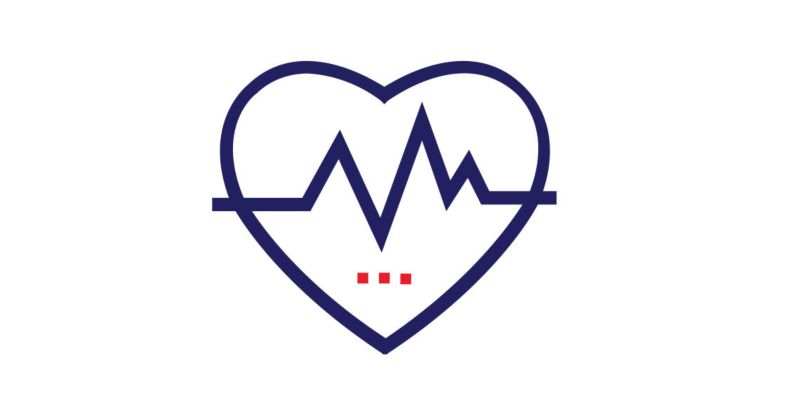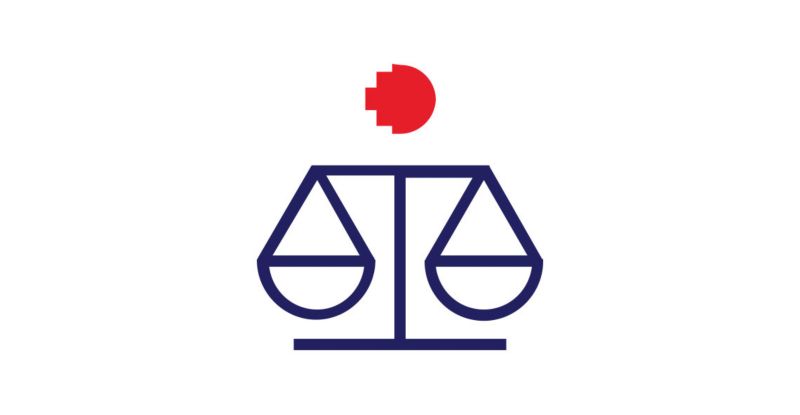Women’s experience of banter and humour in the construction industry (2024-2025)
Banter is a vital aspect of workplace culture. When used appropriately, humour can make the work environment enjoyable. However, it can also be harmful if it is inappropriate, offensive, undermining, or exclusionary.
Job quality and mental health in construction (2022)
This paper uses a life course perspective to identify, compare, and contrast psychosocial characteristics of job quality that are related to mental health in three age groups of manual/non-managerial construction workers: young workers, middle-aged workers, and older workers.
Health and wellbeing among Australian construction workers (2022)
This three-part series of reports acknowledge and provide preliminary evidence that the health and wellbeing of all construction workers can be better protected when care is taken to reduce psychosocial risk factors and create a positive work environment.
Construction Industry Culture Taskforce (CICT): Work hour cultures for health, wellbeing and gender equality in construction (2022-2023)
The Construction Industry Culture Taskforce (CICT) is leading an initiative to address the culture challenges impacting industry arising from excessive work hours and fatigue, poor mental health, and failure to attract a diverse workforce.
Mental health and wellbeing during the COVID-19 pandemic
This project examines the psychological impact of the COVID-19 pandemic on construction workers.
Triple wins: Work hour cultures for health, wellbeing and gender equality in construction
This project explored the ways in which modified work hour strategies can address industry-wide issues in construction.
Conversations about life, health, and safety: Social supports for young construction workers’ health and safety (2020-2023)
This project will examine the nature of supervisor-worker communication about safety issues, health (mental and physical) and experiences outside work.
Working from home during the COVID-19 pandemic: The experience of project-based employees
The research explored Australian construction employees’ experiences of teleworking (working from home) during the COVID-19 pandemic.
Response to the Australian Government Productivity Commission’s 2019 draft report on mental health
The project involved submitting a response to the Productivity Commission’s Draft Report on Mental Health. This response was submitted on behalf of the Construction Industry Culture Task Force.
A sense of place: Building a mentally healthy workplace (2019-2025)
The project involves the implementation of initiatives designed to create a Sense of Place (SoP) and build a mentally healthy workplace at the Melbourne Metro Tunnel construction project.
How does construction workers’ bodily pain impact their mental health? (2017 - 2019)
This project explored the interaction between bodily pain and mental health among manual construction workers.
Work health and safety training effectiveness, health management efficacy and client leadership in the construction industry of NSW (2017 - 2018)
This project looked at WHS in the context of the suite of infrastructure and construction projects with Sydney Metro.
MatesMonitor: Evaluating suicide prevention in the construction industry (2017)
This project examines the extent to which a suicide prevention health service, provided by partner organisation Mates in Construction, produces long term benefit.
Reducing musculoskeletal injury in rail construction work (2016 - 2017)
This project was undertaken in collaboration with the Victorian Government’s Major Transport Infrastructure Program to assess and reduce the risk of work-related musculoskeletal injury in rail construction work.
An action research approach to improving construction workers’ health (2013)
This project evaluated the physical and mental health status of construction and maintenance workers before, during and after a health promotion program was introduced.
An investigation of supervisory practices for improving occupational health and safety behaviour in construction teams: a cross level experimental analysis (2005)
This project examined the way in which subcontracted workgroups in the construction industry develop distinct safety climates that drive their safety practices and performance.






